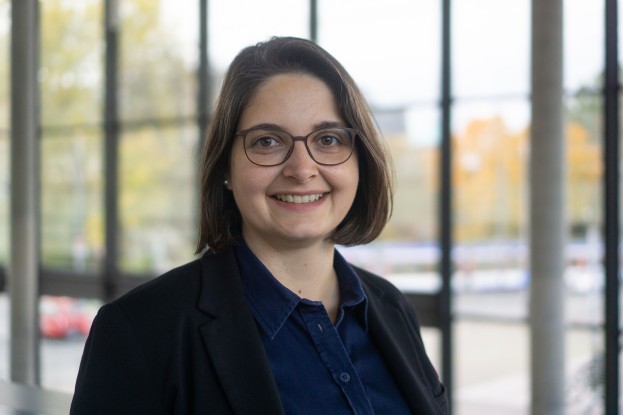Multi-scale modeling and simulation of polymers
The research in our group is centered around developing simulation methods for soft materials, in particular polymers and their nanocomposites. One of those methods is coupling molecular dynamics and finite element (FE) approach for studying interesting behavior of polymeric materials at the nanoscale happens under complex loading conditions. Finite element simulation is a cheap but less accurate method for the simulation of large systems, on the other hand, the molecular dynamics technique is an accurate and expensive method for observing atomic-scale behavior in polymers such as bond breaking, chain entanglement, and so on. By coupling these two methods we could simulate large systems with more accuracy and the lowest computational expenses. For instance, when a fracture occurs in materials under tensile load, the interesting nanoscale phenomena happen around the crack tip, which could be observed using molecular dynamics simulations, meanwhile, to reduce the computational costs, a region far from the crack tip could be modeled as a continuum part which is needed for describing a real system.
Additional Information
| Supervisor |
Prof. Dr. Florian Müller-Plathe, Saeed Norouzi (M. Sc.) |
| Availability | Spring, Summer and Fall 2025 |
| Capacity | 1 Student |
| Credits | 12 ECTS |
| Remote Option | No |



